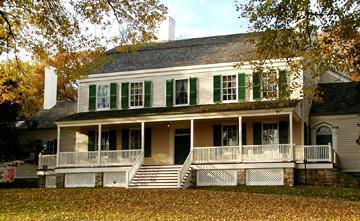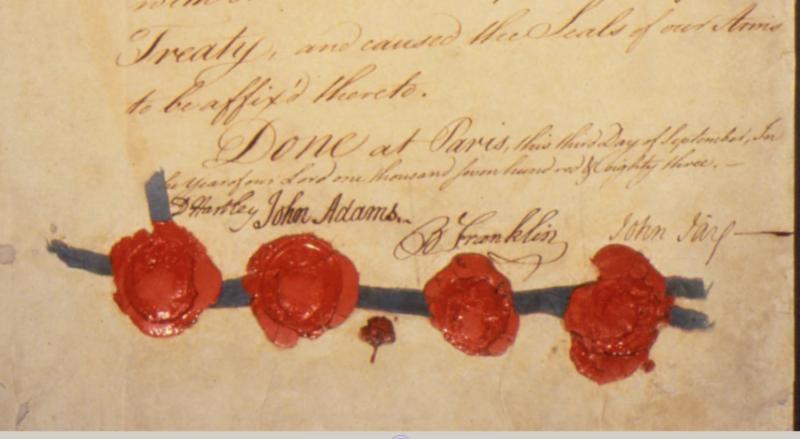The Court Moves Right

The Court Moves Right
But judges have a lot of unlearning to do.
Myron Magnet
Autumn 2019
Less than a decade ago, surveying the shambles that half a century’s judicial activism and judicial abdication had made of the Framers’ original Constitution, such insightful commentators as Philip Howard and Mark Levin feared that only a new constitutional convention could fix the mess. Not a full replay of the 1787 drama, but something almost as drastic—the amending convention that the Constitution’s Article V outlines. Its terms allow two-thirds of state legislatures to name a council empowered to frame a balanced-budget or income-tax-limit amendment, say, or—most important—to repeal unconstitutional laws, regulations, and Supreme Court decisions. Three-quarters of the legislatures would then need to ratify such measures.
Now, though, the advent of Justices Neil Gorsuch and Brett Kavanaugh has reshaped the Supreme Court enough to stop such despondent talk. While the decisions announced at the end of the Court’s term in June, marking the first year with both new justices on the bench, don’t amount to a stampede toward the Right, they display a wholesome focus on what the Constitution and statutes actually say. The Nine are “redirecting the judge’s interpretive task back to its roots, away from open-ended policy appeals and speculation about legislative intentions and toward the traditional tools of interpretation that judges have employed for centuries to elucidate the law’s original public meaning,” Gorsuch explained in a June opinion. “Today, it is even said that we judges are, to one degree or another, ‘all textualists now.’ ” And that’s already a quiet revolution. Continue reading


